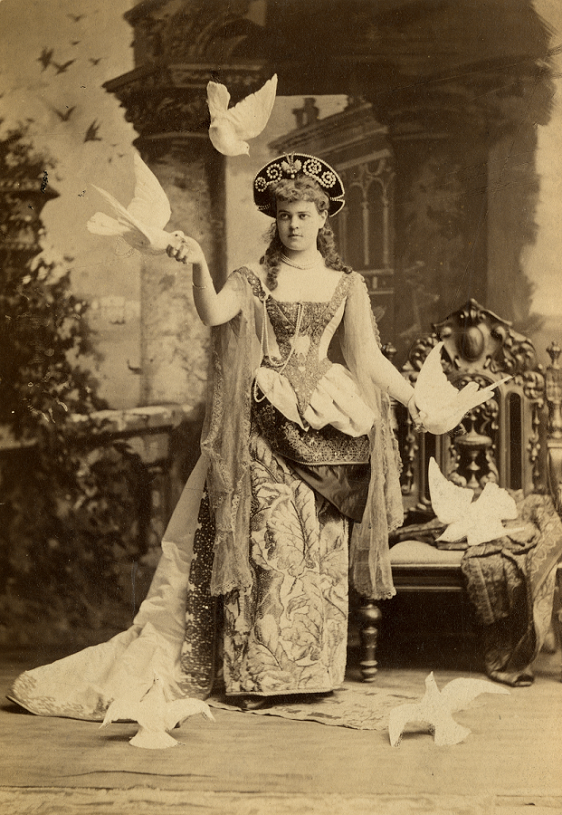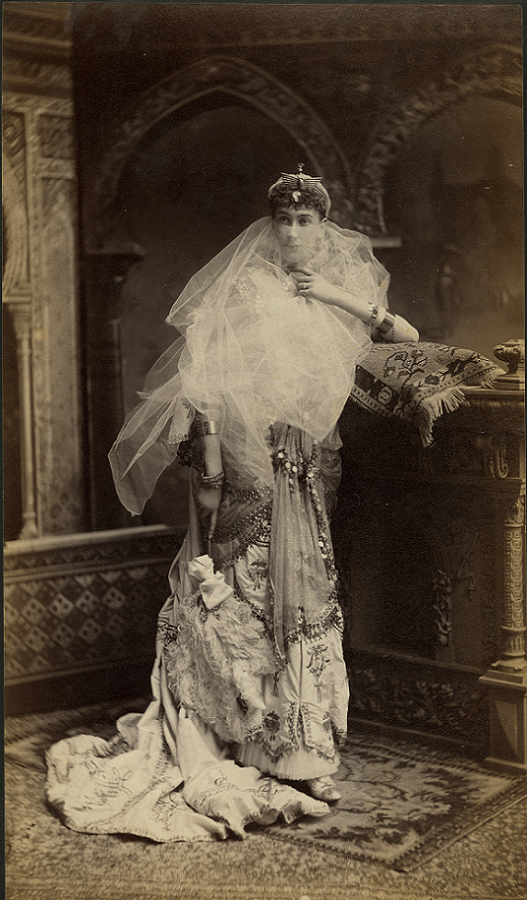Background
Industrialization led to a significant increase in the number of millionaires in the United States. The invention of new technologies provided opportunities for growth in industries like steel and railroads, resulting in big profits for some businesspeople. In New York, these wealthy families lived lavish lifestyles. The incomes of these families continued to grow, often at the expense of working-class Americans who labored for long hours for low wages.
The Vanderbilts were one of the nouveau riche families eager to climb up the ranks of New York society. Women controlled the hierarchy at the highest levels of society. Mrs. Caroline Schermerhorn Astor, who preferred to be called Mrs. Astor, decided who was an official member of New York’s high society. She was a member of two of the oldest families in New York. Mrs. Astor was concerned about “new money” families like the Vanderbilts, who she considered to be unsophisticated. Mrs. Astor created the List of 400, in which she determined the 400 New Yorkers who were members of high society.
About the Image
Alva Vanderbilt was married to Cornelius Vanderbilt’s grandson, William Kissam Vanderbilt. Cornelius “The Commodore” Vanderbilt made his fortune in railroads and shipping. His net worth was over $100 million when he died in 1877. On March 26, 1883, Alva hosted the Vanderbilt Costume Ball at the newly built Vanderbilt Mansion. The French style house took up an entire block on Fifth Avenue.
Alva Vanderbilt was determined to gain admission to the List of 400. She invited journalists to preview the decorations as a way to build up anticipation in the press. Supposedly, she did not invite Mrs. Astor’s daughter, Carrie, to the ball. Mrs. Astor had no choice but to leave her visiting card at the Vanderbilt mansion to secure an invitation for her daughter. This was a smart manipulation of social customs by Alva to earn Mrs. Astor’s official acknowledgement.
The photographs show the lifestyle excesses of the Gilded Age elite. Alva Vanderbilt is dressed in an elaborate Venetian dress. Her sister-in-law, Alice Claypoole Vanderbilt, wore one of the most eye-catching costumes of the event. Her “Electric Light” dress celebrates the modern inventions of the Industrial Age. Her costume even lit up thanks to batteries hidden in it. The party cost an estimated $250,000, or approximately $6 million in today’s money. Newspapers reported this included $65,000 for champagne and $11,000 for flowers.
Vocabulary
- Gilded Age: Era of rapid economic growth in the United States, from the 1870s to 1900. During this period, inequality between the wealthy and the poor increased significantly.
- excesses: Amounts greater than necessary.
- lavish: Spending a lot of money.
- nouveau riche: A French term for “new rich” that describes people who recently became wealthy and were usually considered unsophisticated by established society.
- Venetian: From the city of Venice in Italy.
- visiting card: A small card with contact information, usually name and address. In the past, wealthy people would leave their visiting card at someone’s house when no one was home.
Discussion Questions
- How did the outfits of the Vanderbilt women represent the effects of industrialization?
- The ball was widely covered by newspapers. What might working- and middle-class Americans have thought about the party?
- What do the photographs say about the lives of the wealthy during the Gilded Age?
Suggested Activities
- APUSH Connection: 6.6: The Rise of Capitalism
- Design a costume for a working class woman of the Gilded Age inspired by the designs worn at the Vanderbilt costume ball.
- Explore how culture was influenced by industrialization during the Gilded Age. Pair this resource with paintings by Mary Cassatt, the Comstock Act, the temperance movement, and the life stories of Edith Wharton and Edmonia Lewis.
- Consider the effects of industrialization on working-class women. Combine this resource with an article about factory work, an article about a factory strike in Atlanta, and the life stories of Leonora Barry and Lucy Parsons. How might the publicly expensive lifestyles of the Vanderbilts and other wealthy families have affected working-class women’s activism?
- Compare and contrast families like the Vanderbilts to the working-class women who interacted with them. Pair the photographs with images of Irish domestic workers and shop girls. How might these women have viewed each other?
Themes
AMERICAN CULTURE










